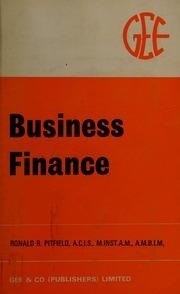Question
Armstrong Company has the following investment opportunities: Investment Return Project A $10,000 8% Project B $50,000 12% Project C $28,000 10% Project D $30,000 11%
Armstrong Company has the following investment opportunities:
Investment Return
Project A $10,000 8%
Project B $50,000 12%
Project C $28,000 10%
Project D $30,000 11%
Project E $32,000 12%
Project F $45,000 9%
Project G $45,000 10%
Projects C, D, E are mutually exclusive.
All other projects are independent except project G which is dependent on doing project B.
Armstrong (capital rationing) plans - a maximum $200,000 of new sources of financing.
The following sources of capital are available at the following costs:
Debt: $0 to $20,000 6%; $20,000 to $60,000 7%; Over $60,000 8%
Preferred Stock: $0 to $15,000 8%; Over $15,000 10%
Common Stock: $0 to $75,000 12%; Over $75,000 14%
No retained earnings will be used by the firm for capital projects
The optimal capital structure for Armstrong is 40% Debt, 10% Preferred Stock and 50% Common Stock.
Required:
1.Prepare an investment Opportunity Schedule.
% Cumulative
Project Return Cost Investment
2.Calculate the breaking points for new financing.
3.Determine the marginal cost of capital for each interval.
Optimum
Capital After Tax
Structure Amount Cost Percent
Debt .40
Preferred .10
Common .50
Total MCC
Debt .40
Preferred .10
Common .50
Total MCC
Debt .40
Preferred .10
Common .50
Total MCC
4.Determine which projects should be completed. ___________________
Step by Step Solution
There are 3 Steps involved in it
Step: 1

Get Instant Access to Expert-Tailored Solutions
See step-by-step solutions with expert insights and AI powered tools for academic success
Step: 2

Step: 3

Ace Your Homework with AI
Get the answers you need in no time with our AI-driven, step-by-step assistance
Get Started


